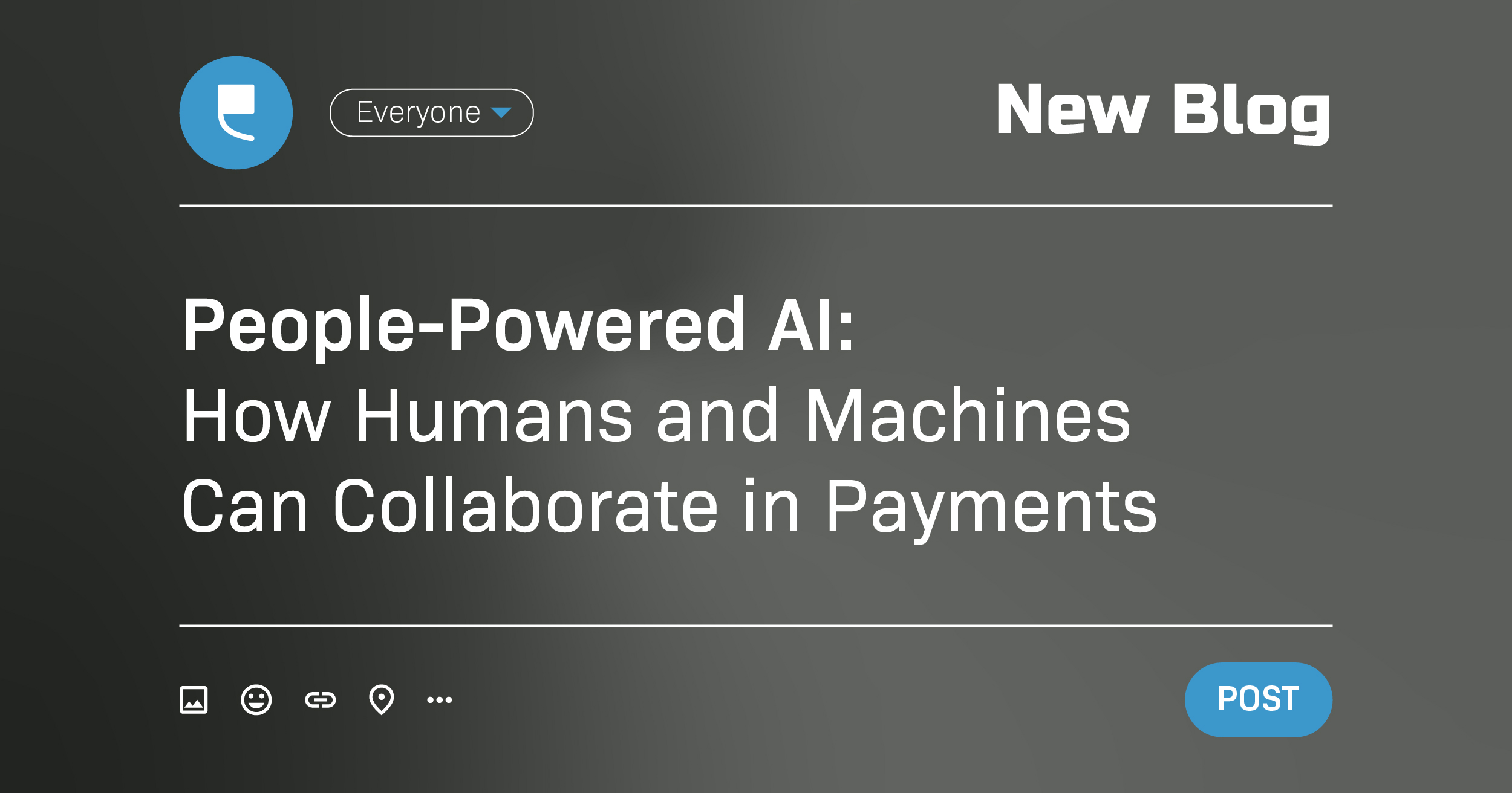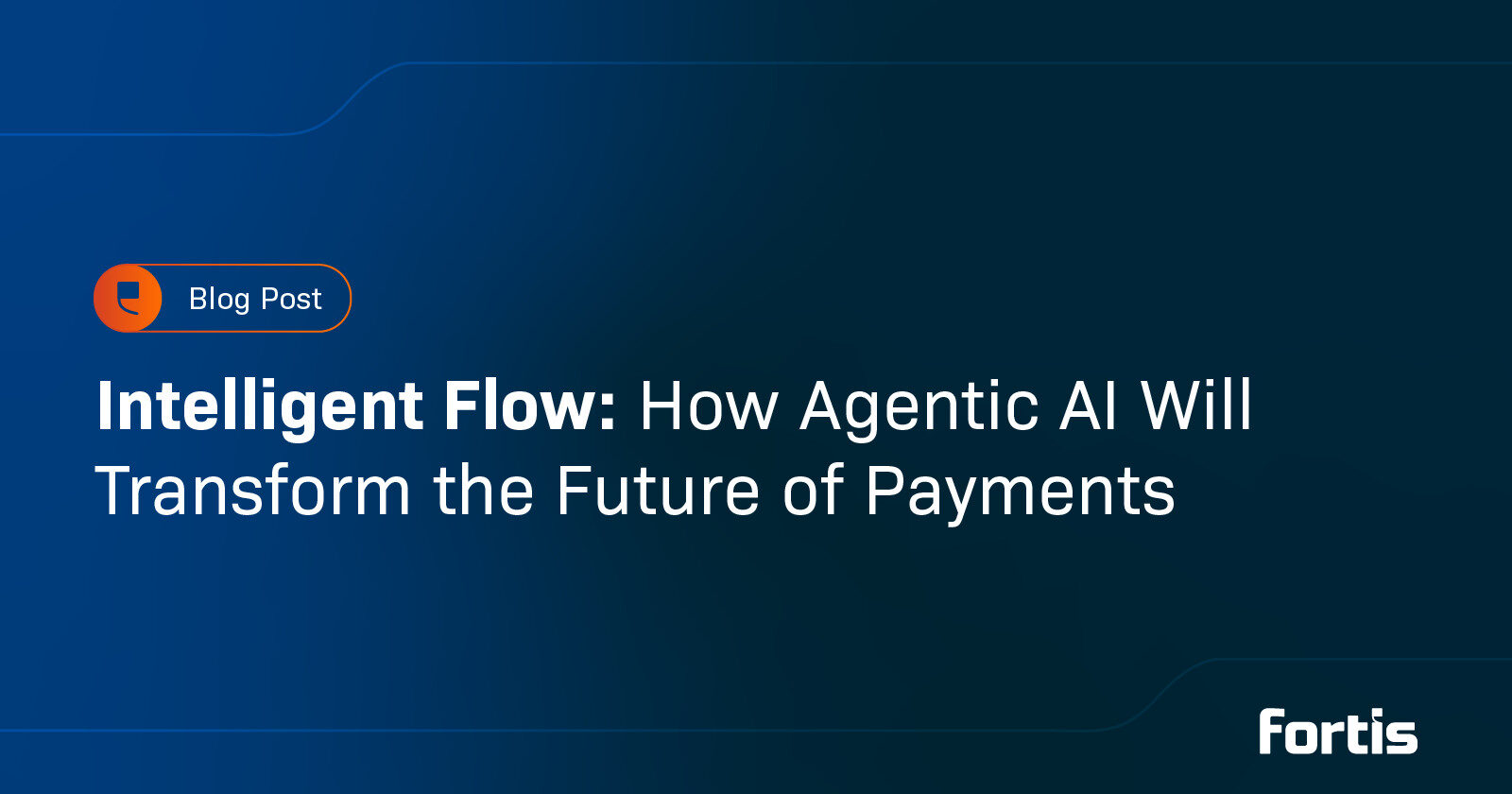The landscape of AI Payments has changed drastically over the years, and new challenges have emerged to drive innovation in finance.
According to the Payments Association, traditional AI has already made significant leeway in multiple sectors. Seventy percent of all financial services firms alone currently use machine learning to predict cash flow and detect fraud. We are seeing AI, especially in payments and business finance, drive down costs, boost compliance, and become a revenue driver.
But what is next?
As with any new and evolving technology, challenges and opportunities grow alongside it. To discover what AI in payments will look like in the near future, we first have to understand what the industry is working against today.
Key Challenges in the AI Industry
Artificial intelligence, especially generative AI, has changed the way we work and utilize AI. Even considering the “Race to AI” between tech giants like Microsoft and Google, there are significant shifts in public opinion surrounding AI.
While taking the tech to the next level is still a goal, many AI leaders are slowing down to focus on the ethical side of AI. And for good reason.
Bad actors create confusion to enact fraud. The Identity Theft Resource Center reported a 118% surge in job scams in 2023, with many fraudsters using generative AI to sound authentic in fake job postings.
Another similar problem is cheating, although the education industry is still sorting through its relationship with AI. A survey from BestColleges found that 54% of students believe using AI is as good as cheating, and 58% report that their school has an AI policy. However, over half of students have been required to use AI as part of an assignment. Mixed signals from professors and school policies often create hurdles for students when it comes to discussing the ethical use of AI and create ambiguity around the concept of cheating.
At the same time, the law clearly opposes the use of generative AI for commercial purposes. Multiple lawsuits, settled and in progress, have been filed related to copyright infringement and AI. In short, anything created with generative AI, from code to art, cannot be copyrighted.
Looking at these events side-by-side, it’s clear that there are new risks related to using AI. Many of these can be sorted through regulation and clear policies. However, there is one threat that still hinges on the technology: Hallucinations.
AI hallucinations are defined as mistakes. When an AI model generates a nonsensical or incorrect answer. This can result from insufficient training data, wrong assumptions made by the model, or biases in the training data.
However, there is a solution to this problem, too.
The Future of AI in Payments
One of the key reasons for developing artificial intelligence is people.
AI is a tool meant to reduce repetitive workloads and improve productivity. What cannot be managed via policies can be by humans.
Imagine this: Before AI and automation, back-office accounting staff had to tediously enter data into their ERP, manually reconcile invoices, and send out receipts one-by-one. Now, AI can essentially eliminate data entry, thus reducing processing and error correction time. It can automatically reconcile invoices and send accurate receipts upon payment.
At the same time, you still need people to oversee the AI—to audit its work, handle complex or odd cases, and develop payment strategies.
It’s clear that AI is creating opportunities for people to do more engaging work without slowing down growth.
Going forward, AI in payments can be ethical, logical, and efficient.
First, it’s possible to develop or use payment software that uses a proprietary AI system—one that is protected by copyright. Such a system would reduce potential risks and enable you to leverage its primary features.
AI can already be used for fraud detection, automating invoice matching, and customer service. Its role is bound to increase in these areas, with people at the helm. No matter how intelligent the technology becomes, it will remain a decision assistant, not a decision-maker.
Above all, the impact of AI on the future of payments is empowerment.
Differentiate Your Business with Future-Looking Tech
Artificial intelligence is just one aspect of modern payment technology. Payment software can now accomplish more than ever—all businesses need is the right solution to overcome their challenges.
As a leader in embedded ERP and ISV payments, Fortis leverages cutting-edge technology to help businesses maximize revenue and get paid faster. Our award-winning API enables businesses and ISVs to:
- Facilitate payments seamlessly
- Leverage a comprehensive, easy-to-use virtual terminal
- Onboard suppliers
- Manage inbound payments
- Automate tailored-made workflows
- And more
Connect with a Fortis Guide and discover how our technology can take your business to the next level.




